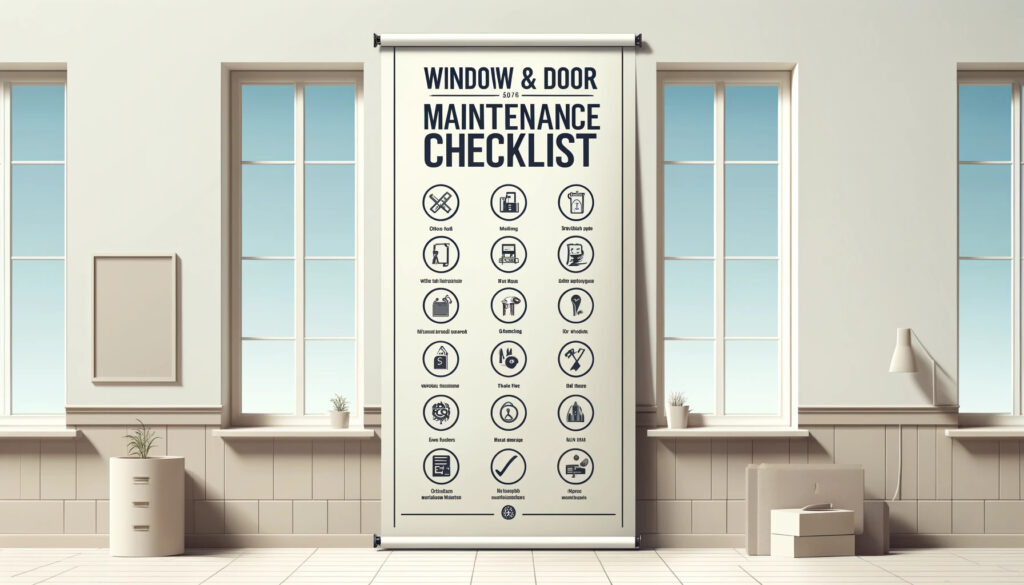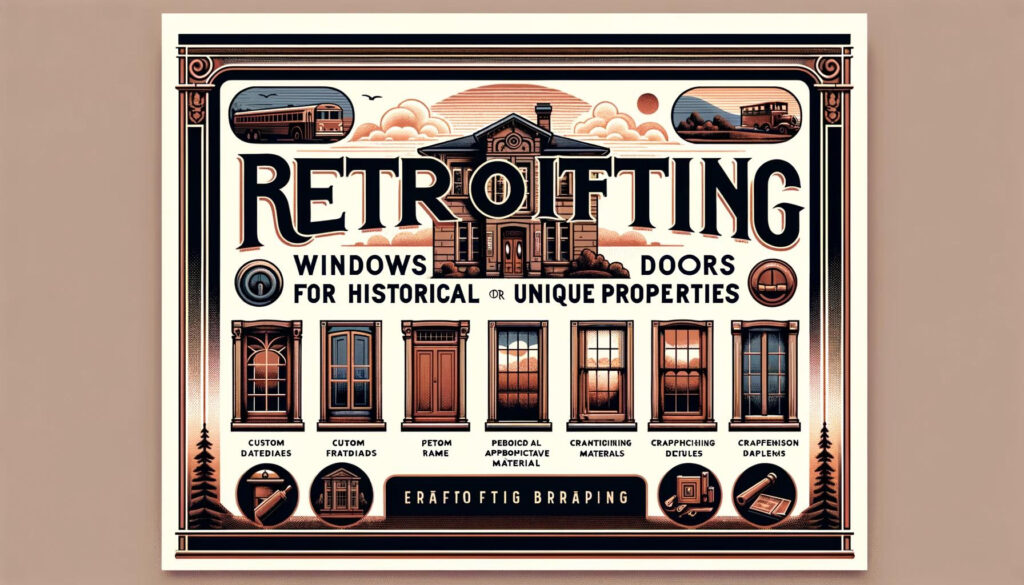
Understanding Window and Door Warranties: A Comprehensive Guide for Homeowners
When investing in new windows and doors, understanding the intricacies of their warranties can significantly impact your long-term satisfaction and protection. This guide aims to demystify warranty terms, highlight what to watch for, and advise how to ensure your investments are well-covered.
1. The Importance of Warranties
Warranties for windows and doors are not just additional paperwork; they are a promise from the manufacturer to stand behind their products. They offer peace of mind that should anything go wrong due to manufacturing defects or poor workmanship, the problem will be addressed without additional costs.
2. What Do These Warranties Typically Cover?
Most warranties on windows and doors cover:
– Materials and Workmanship: This generally includes protection against defects in the materials used (like glass and frame) and the assembly of the unit.
– Hardware: Locks, handles, and hinges are often covered under the warranty for a specified period.
– Glass: Many manufacturers offer warranties against seal failures, which can lead to fogging between double-paned glass.
It’s important to note that coverage can vary significantly between manufacturers and even product lines within the same company.
3. Duration of Coverage
The duration of warranties can vary dramatically:
– Limited Lifetime: Many companies offer a so-called “lifetime” warranty, but it’s vital to understand what “lifetime” refers to—your lifetime, the lifetime of the product, or the time you own your home.
– Year Specific: Some parts like hardware might only be covered for a few years, typically ranging from 5 to 10 years.
4. Exclusions and Limitations
Warranties do not cover everything. Common exclusions include:
– Normal Wear and Tear: Issues that arise from regular use are typically not covered.
– Accidental Damage: Damage from events like storms or impacts on windows is usually excluded.
– Improper Installation: If windows or doors are not installed by certified professionals, the warranty might be voided.
5. Transferability
Some warranties are transferable to the next homeowner, which can be a selling point when you decide to move. However, transferability can sometimes alter the terms, reducing the coverage period or changing the conditions.
6. Making a Claim
Understanding the process for making a claim under your warranty is crucial:
– Keep Documentation: Always keep your purchase receipts, warranty information, and any other related documents.
– Regular Maintenance: Perform and document regular maintenance, as failing to do so can sometimes void a warranty.
– Contact the Manufacturer: If you encounter a problem, contact the manufacturer or the installer (depending on who the warranty is through) as soon as possible to file a claim.
7. Tips for Choosing the Right Warranty
When selecting new windows and doors, consider the following:
– Read the Fine Print: Before making a purchase, read the warranty terms carefully to know what’s covered and for how long.
– Compare Warranties: Look at what different manufacturers offer in terms of warranty and consider this as part of your buying decision.
– Check Reviews: See how other customers have experienced dealing with the manufacturer on warranty issues.
Conclusion
Windows and doors replacement are significant investments in your home’s comfort, energy efficiency, and security features. A robust warranty not only protects these investments but also provides an indication of the manufacturer’s confidence in their product. Spend the time to understand and compare warranties—it could save you a lot of hassle and expense in the future.








